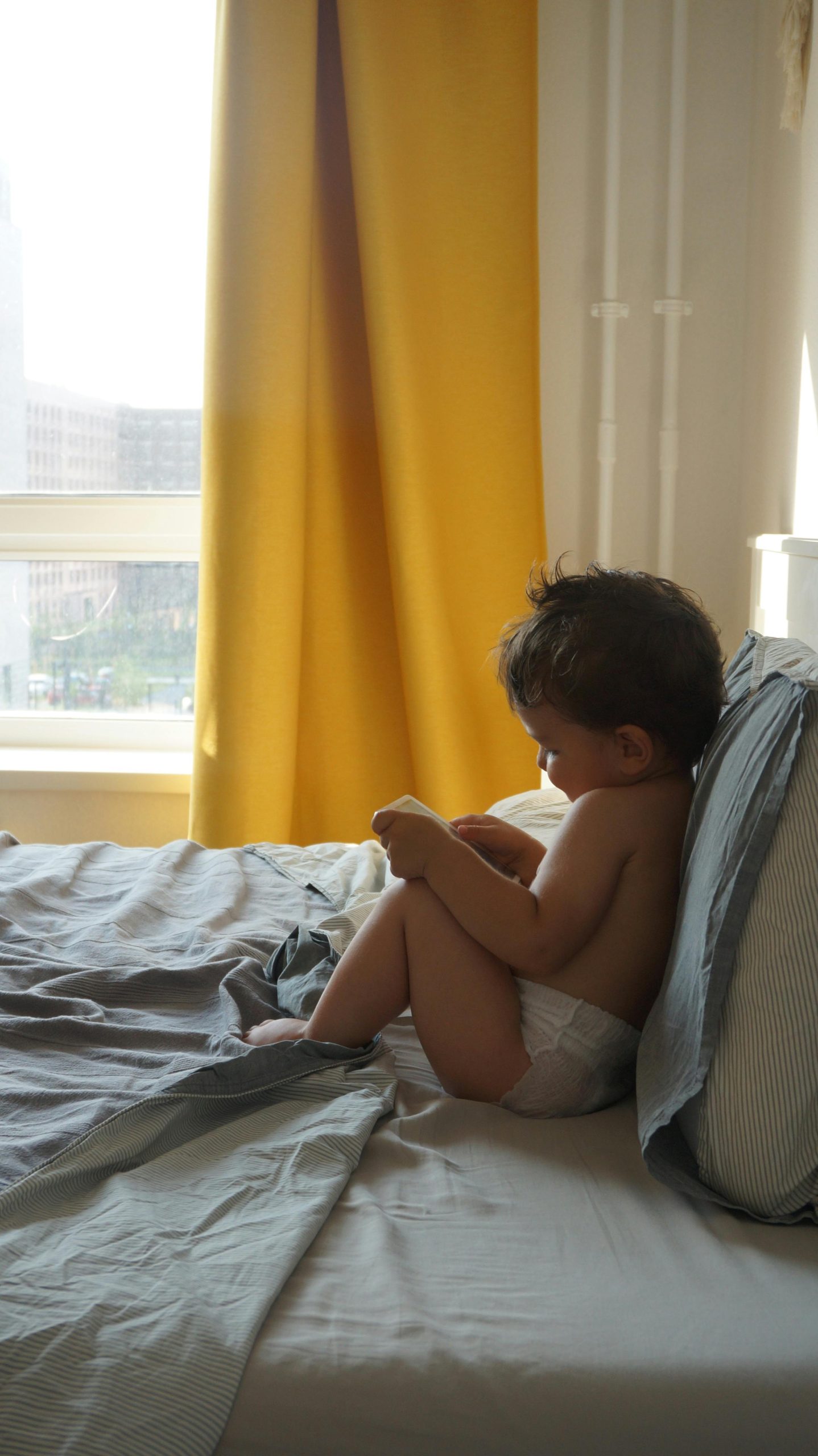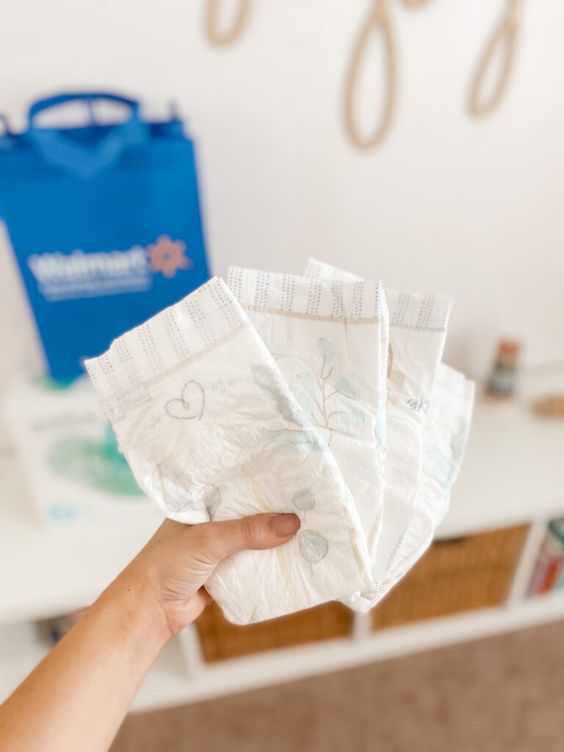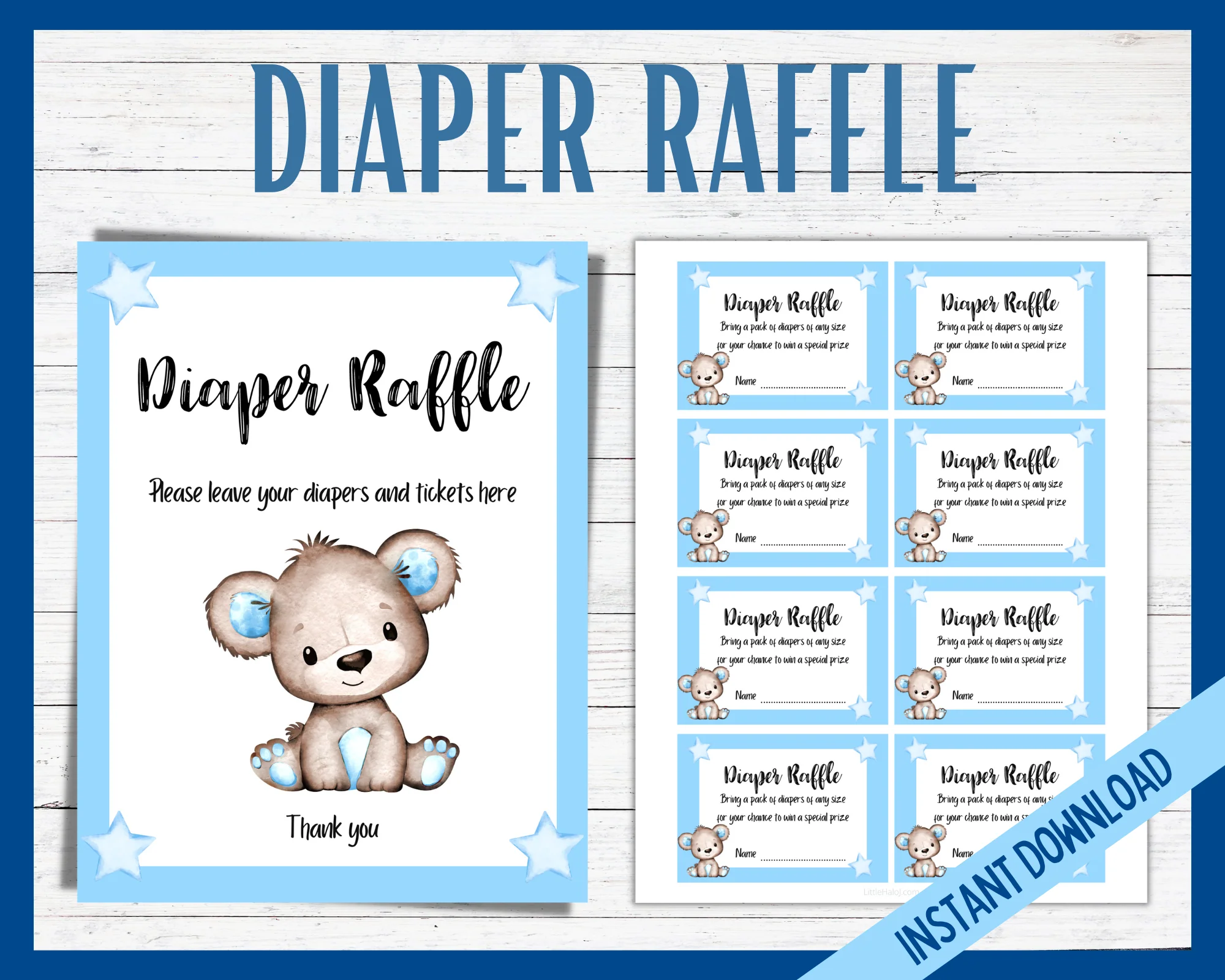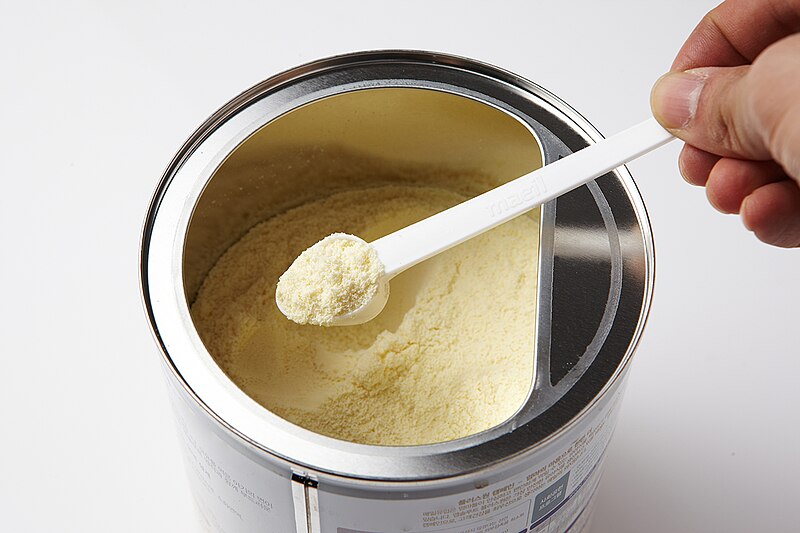Key Indicators for Moving Up Diaper Size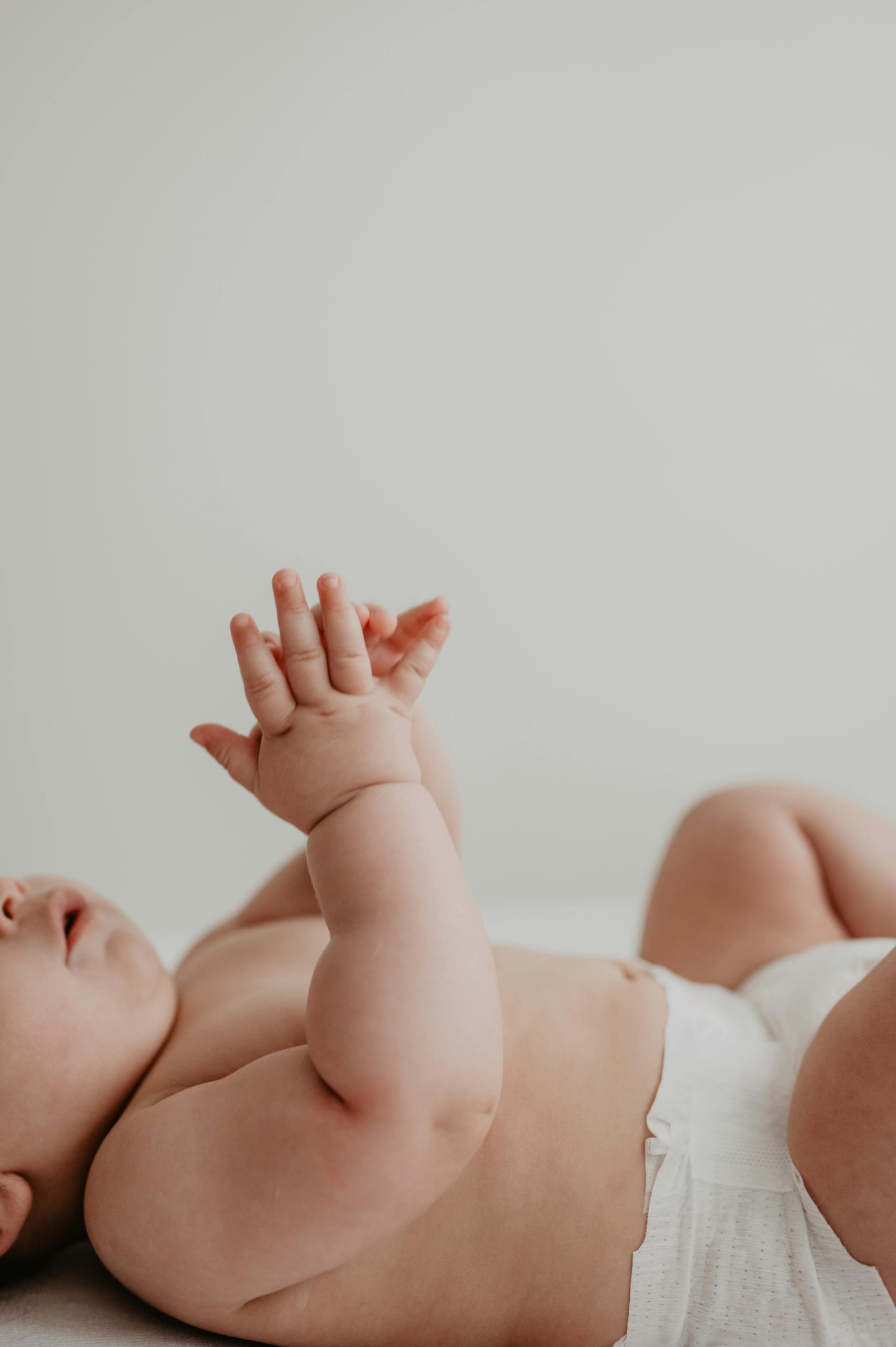
-
Causes of Discomfort and Red Marks:
- Tightness: The most common culprit is a diaper that’s too small or not properly adjusted, causing tightness around the thighs, waist, or legs. This can restrict movement and rub against delicate skin, leading to redness and discomfort.
- Leaks and Blowouts: Leaky diapers that stay against the skin for prolonged periods can irritate and inflame the skin, causing redness and discomfort.
- Friction: Rough diaper materials or friction from rubbing seams can irritate sensitive skin.
- Sensitivity: Some babies have sensitive skin that can react to diaper materials, fragrances, or chemicals used in processing.
- Yeast Infection: In rare cases, a red, bumpy rash in the diaper area might be a sign of a yeast infection.
Identifying the Cause:
- Location of Redness: Observe where the red marks are concentrated. If it’s around the leg holes, waist, or anywhere the diaper fits snugly, tightness might be the issue.
- Severity and Pattern: Are the marks faint or intense? Do they appear consistently or only after specific activities/diaper brands? This can help narrow down potential causes.
- Other Symptoms: Are there additional symptoms like fussiness, crying during changes, or a change in pooping habits? These might offer further clues.
Addressing Discomfort and Red Marks:
- Choose the Right Size: Ensure the diaper fits snugly but comfortably, allowing for free movement. Check the weight range recommendation, but pay attention to your baby’s individual size and growth.
- Frequent Changes: Change diapers promptly, especially after messy changes or long intervals.
- Gentle Cleansing: Use lukewarm water and gentle wipes to clean the diaper area. Avoid harsh soaps or alcohol-based wipes.
- Pat Dry Thoroughly: Don’t rub, as this can irritate the skin. Allow the area to air dry completely before applying a new diaper.
- Barrier Cream: Use a hypoallergenic, zinc oxide-based cream at each change to create a protective barrier.
- Consider Diaper Brand/Type: Experiment with different brands and types (disposable vs. cloth) to find one that fits well and avoids irritation.
- Check for Infections: If the rash worsens, consult your pediatrician to rule out yeast infections or other causes.
- Leaks and Blowouts: Frequent leaks or blowouts exceeding the diaper’s capacity are clear signs it’s time for a larger size.
- Snugness: While a snug fit is essential, tightness shouldn’t leave marks or impede movement.
Growth:
Beyond Weight Charts:
| Pampers diaper size | Baby weight (in pounds) | Average number of diapers per day* | How long your baby might need this size (in months) |
|---|---|---|---|
| Size P1 diapers | <6 | as needed | as needed |
| Size N diapers | <10 | up to 10 | 1.6 |
| Size 1 diapers | 8-14 | up to 9 | 1.7 |
| Size 2 diapers | 12-18 | up to 8 | 2.8 |
| Size 3 diapers | 16-28 | up to 7 | 5.8 |
| Size 4 diapers | 22-37 | up to 7 | 6.8 |
| Size 5 diapers | 27+ | up to 6 | 5.0 |
| Size 6 diapers | 35+ | up to 6 | 5.8 |
| Size 7 diapers | 41+ | up to 6 | 4.1 |
*Can vary by baby, age, and individual habits and practice
While diaper size charts often use weight as a reference, Pampers diaper sizes are determined by weight, and you may be wondering how to weigh your baby at home. You can use a standard bathroom scale and follow these basic steps to weigh your baby:
- Length: Ensure the diaper covers leg length comfortably without bunching or riding up. Pay attention to growth spurts that might quickly outgrow the current size.
- Visible Tightness: If the diaper seems noticeably smaller than your baby’s body, even if weight suggests otherwise, consider moving up. Trust your observations and avoid waiting for discomfort or leaks.
- Overall Growth Pattern: Is your baby generally taller, shorter, or more stocky? Adjust the diaper size based on their specific build and growth trajectory.
Activity Level and Frequency: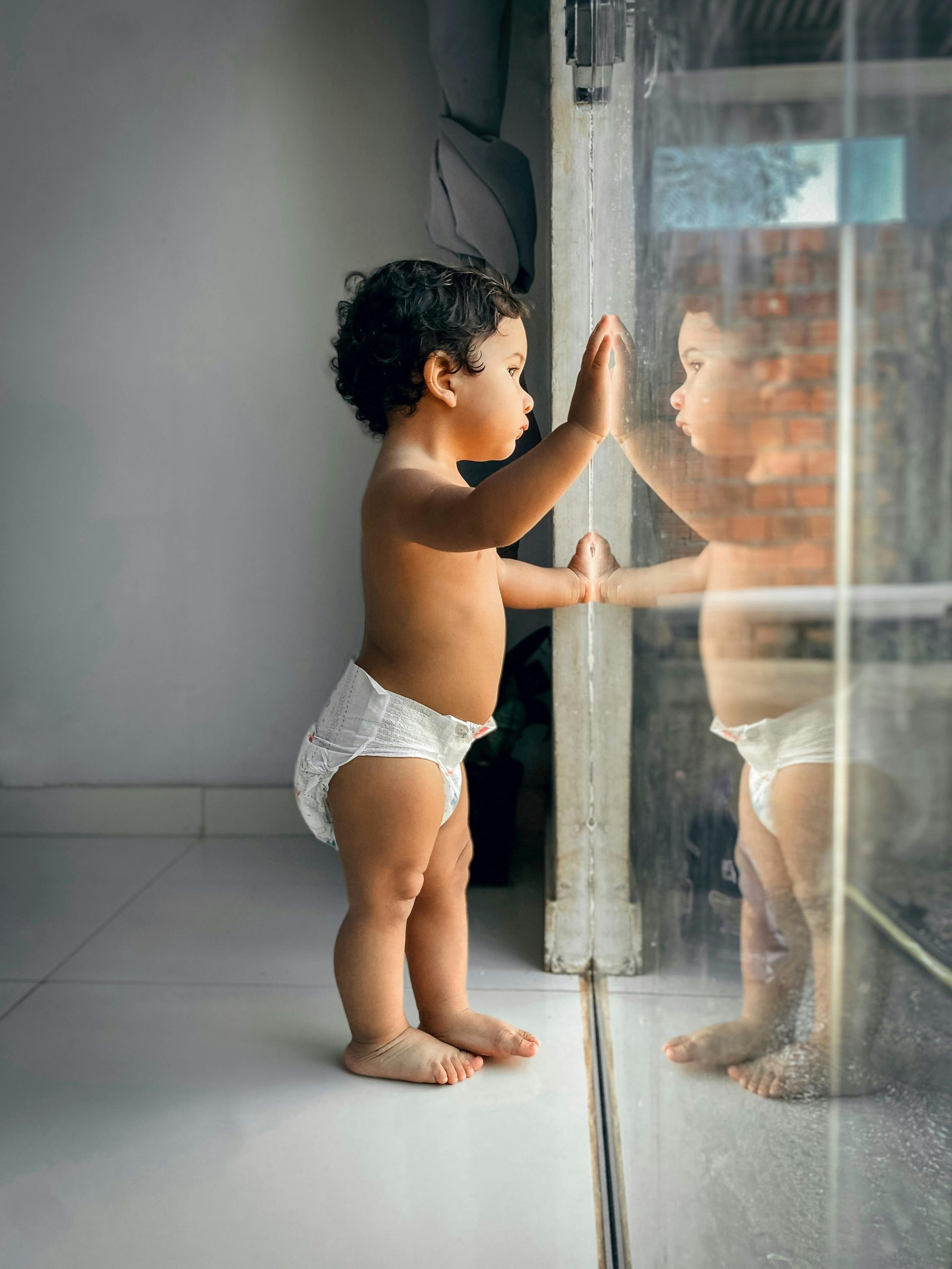
Increased Movement: Active babies crawl, climb, and explore, generating more waste compared to calmer babies. This calls for diapers with better absorbency and leak prevention.
-
- Friction and Leaks: Increased movement can cause friction against the diaper, leading to irritation and potential leaks. Look for diapers with comfortable materials and secure leg cuffs.
- Frequency Adjustment: More activity often means needing more frequent changes. Observe your baby’s habits and adjust change frequency accordingly to avoid discomfort and leaks.
Sleeping Habits:
- Overnight diapers: Choose a larger size specifically designed for nighttime wear. These absorb more and minimize leaks during longer sleep stretches.
- Daytime vs. Nighttime Needs: Diapers used during the day might not be suitable for overnight, requiring a size up for better absorbency and comfort.
Additional Tips:
- Gradual Transition: When trying a new size, overlap with the previous one for a day or two to ease the adjustment.
- Measure Your Baby: Regularly measuring your baby’s length and weight can help predict when they might need a bigger size.
- Don’t Overstock: Buying too many diapers in advance can be risky as your baby’s growth rate might change. Purchase sizes closer to their current needs.
- Consult Your Pediatrician: If you have any concerns about your baby’s growth, diaper fit, or persistent discomfort, seek professional guidance.
Additional Considerations:
- Activity Level: Active babies might need more frequent changes and outgrow diapers faster.
- Diaper Brand and Type: Different brands and types (disposable vs. cloth) have varying fits. Adjust based on your preferences and what works best for your baby.
- Sleeping Habits: Choose a larger size for overnight wear to manage increased wetness.
- Cloth Diapers: If using cloth diapers, choose absorbent fabrics and well-fitting covers to manage increased activity.
- Diaper Covers: Consider using a leakproof diaper cover over the regular diaper for additional protection during highly active periods.
- Talk to Your Pediatrician: Discuss your active baby’s diaper needs and any concerns you have with your pediatrician. They can offer personalized advice based on your baby’s unique characteristics.
Proactive Tips:
- Don’t Wait for Leaks: Observe fit and comfort, not just leaks or blowouts.
- Experiment with Brands: Find the best fit and absorbency for your baby.
- Gradual Transition: Try overlapping sizes for a smooth adjustment.
- Avoid Stockpiling: Growth rates change, so buy sizes closer to the current need.
- Consult Pediatrician: If you have concerns or persistent issues, seek professional guidance.
Remember: This information is a guide. Prioritize your baby’s comfort and fit, observe their individual growth patterns, and don’t hesitate to consult your pediatrician for personalized advice.

